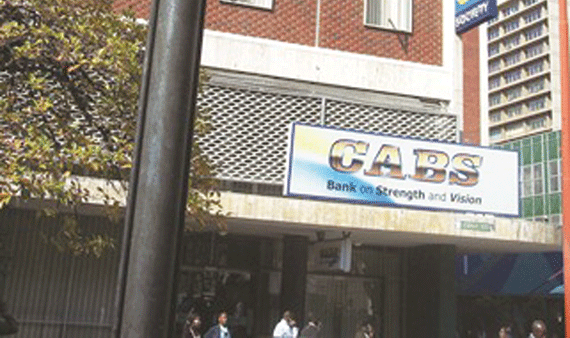
ZIMBABWE’s largest mortgage lender CABS has channelled $112 million towards building operations over the last three years as liquidity constraints continue to bite the economy, the company has announced.
Victoria Mtomba Business Reporter
CABS, a unit of insurance giant Old Mutual, said the bulk of the funds which financed housing projects from August 2010 to September this year came through lines of credit as well as shareholder support.
Zimbabwe resumed mortgage financing a year after the government adopted the multiple currency regime which was preceded by a decade-long economic contraction.
The government estimates indicate that Zimbabwe’s housing backlog stands at over one million.
The country has struggled to invest in infrastructure over the past decade due to shortages of working capital and the debt overhang on the country at $10,7 billion.
Experts say liquidity constraints affecting mortgage financing have had an impact on the country’s construction industry, yet to fully recover.
CABS managing director Kevin Terry told our sister paper NewsDay the society had plans to increase mortgage financing. We resumed mortgage lending in August 2010, not only for low-cost housing but for medium and high-cost housing developments.
- Chamisa under fire over US$120K donation
- Mavhunga puts DeMbare into Chibuku quarterfinals
- Pension funds bet on Cabora Bassa oilfields
- Councils defy govt fire tender directive
Keep Reading
“As at September 30 2013, $112,8 million had been disbursed towards mortgage finance. This was obtained through customer deposits, available credit lines and shareholder support,” Terry said.
He said the society was in the process of building houses in Budiriro, Harare at an initial cost of $15 million and 3 000 housing units.
“A lot of progress has been made on the Budiriro housing project with finishing touches now being done on the show houses that were set to completed on the October 16 2013.
The various houses are at different levels of completion, some are still at slab level.
However, all contractors have begun super structure brick work,” Terry said.
A four-roomed house in Harare’s high-density suburbs costs an average market price of $20 000 while a residential property in the low-density suburbs costs as high as $500 000.
Terry said the society was in the process of introducing new products and implementing new banking systems.
“The new system will enable the society to have a wider, more efficient, and secure range of multi-channels best suited for our market. It will also enable the Society to introduce an increased product range.
“While we cannot disclose the total investment, the society has invested considerably towards the successful implementation of the system,” Terry added.










